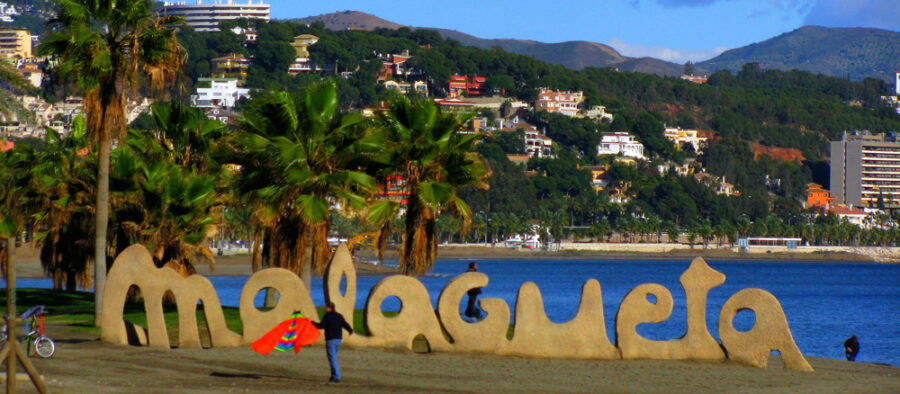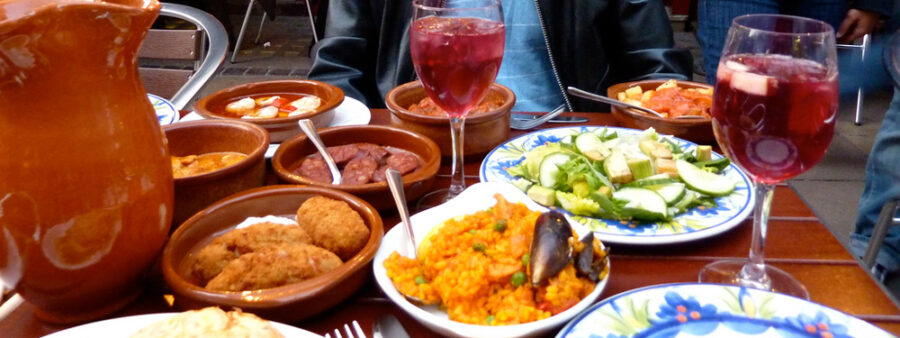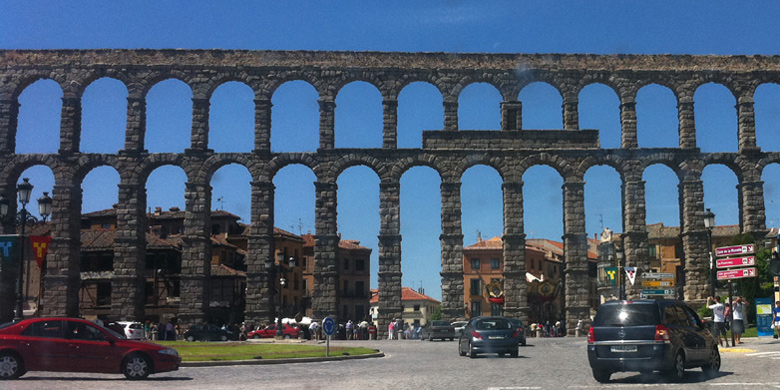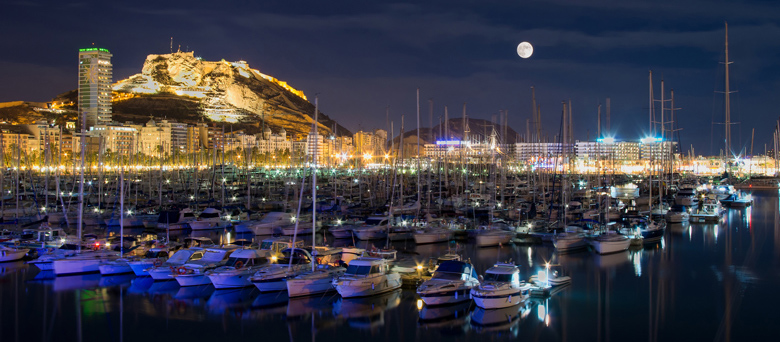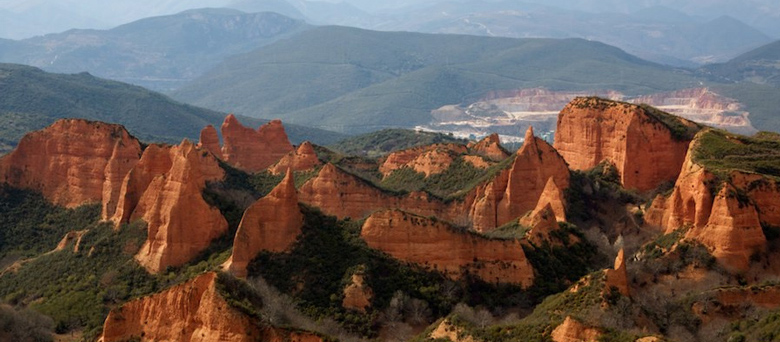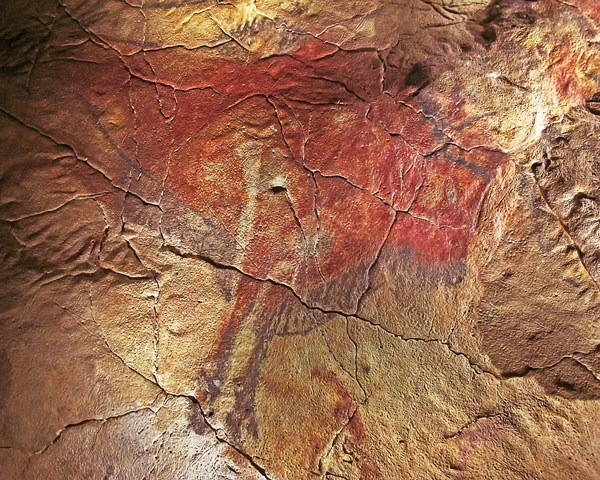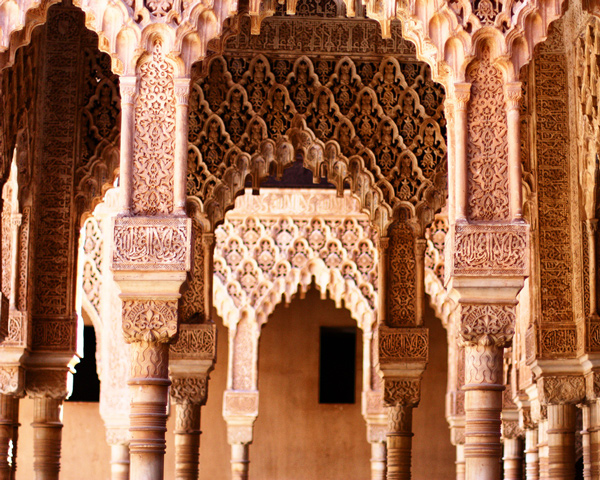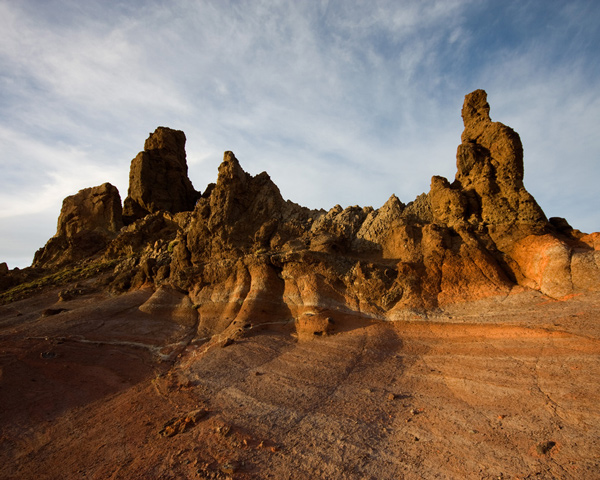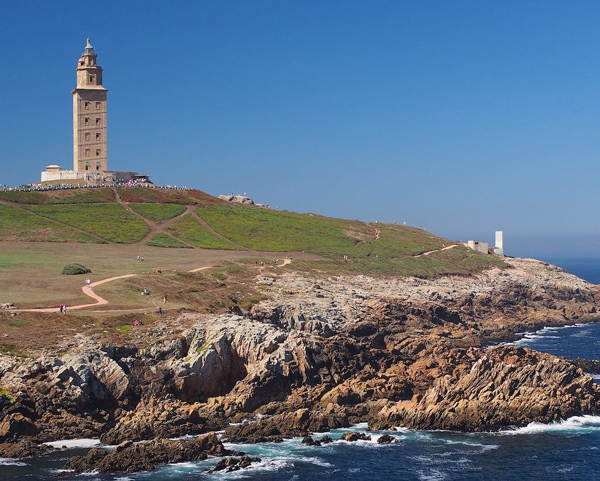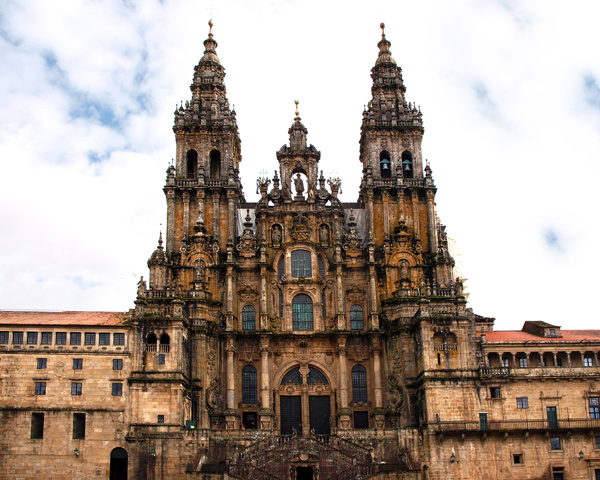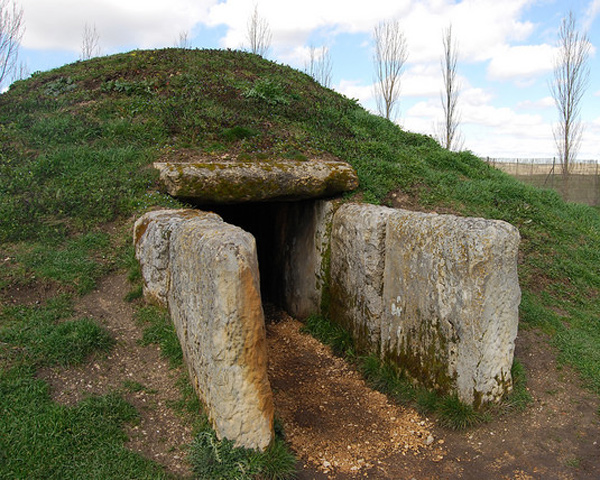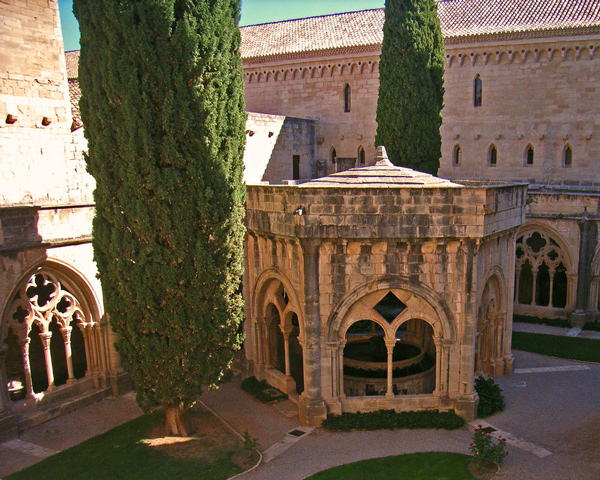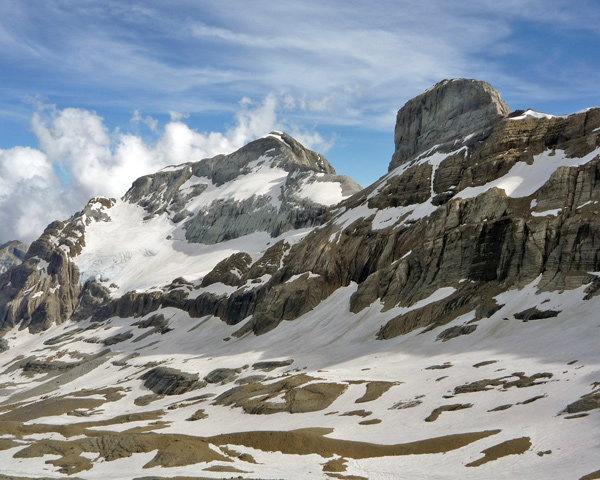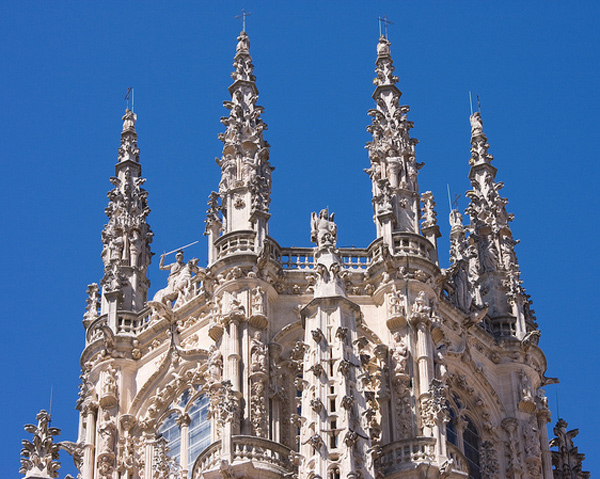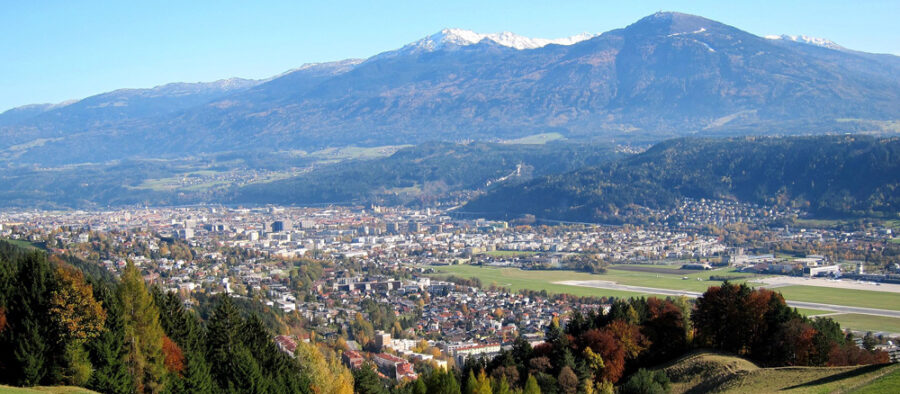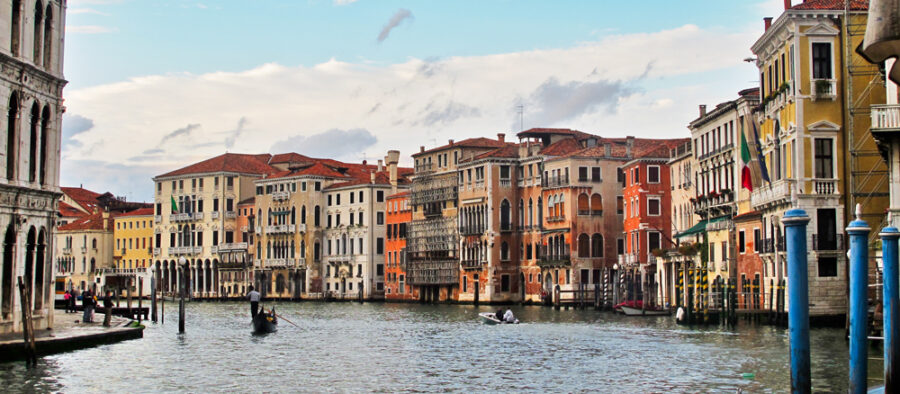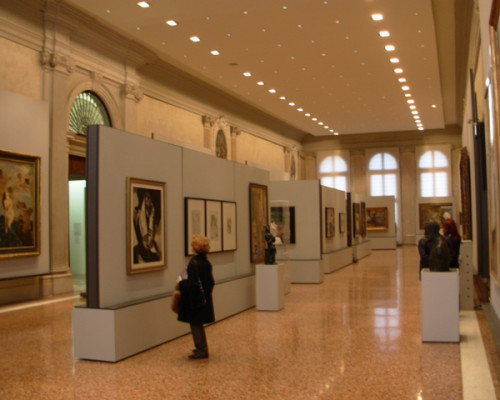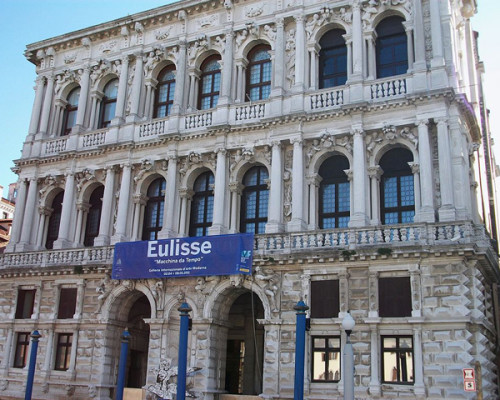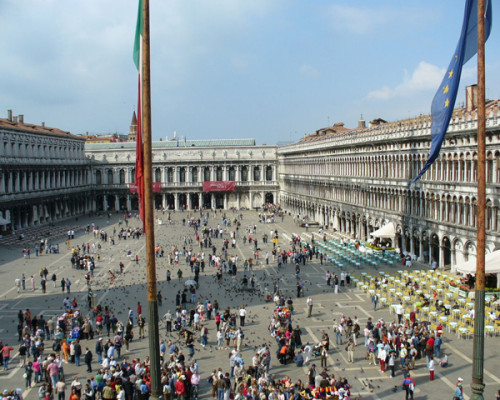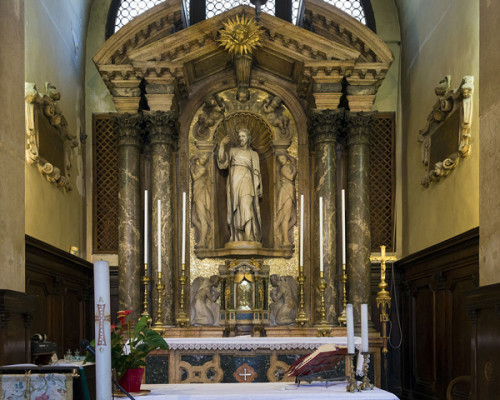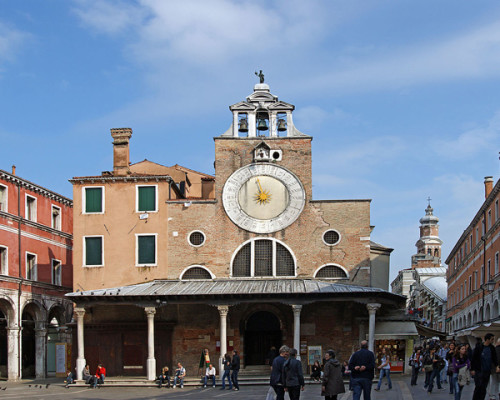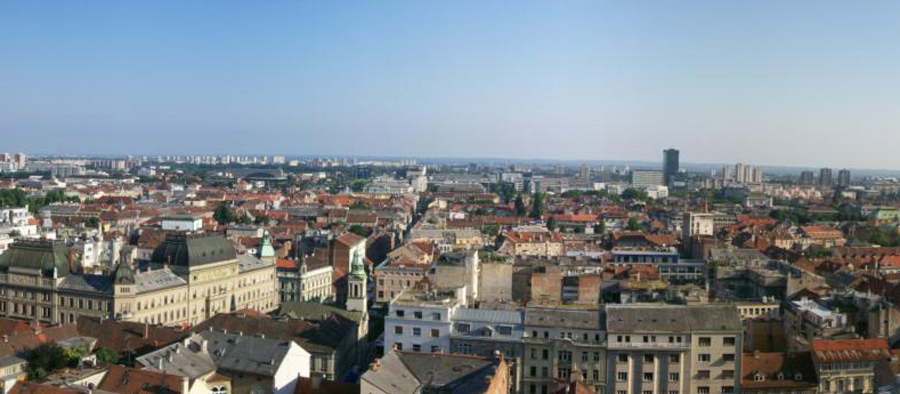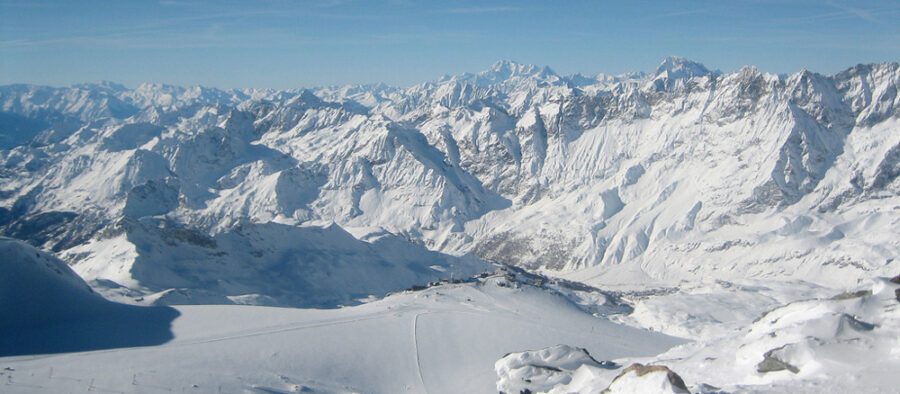
WINTER VACATION
21 Dec Málaga and Costa del Sol
21 Dec Spanish cuisine
21 Dec Trips from Madrid
(more…)
21 Dec Alicante
Alicante is a city on the Costa Blanca coastline. It is the capital of the Alacant province, in the south of the Valencian Community.
21 Dec World Heritage Sites in Spain
A great place to get vacation ideas from is the UNESCO World Heritage List. It lists wonderful places where you can experience the culture, history or nature of the local area. The World Heritage List of UNESCO is intended to protect the world’s unique cultural and natural heritage, and sites that are added to it a carefully considered. Places that have made it to the list are all special, and worthy of being conserved for all the coming generations to experience.
Spain has the third most UNESCO World Heritage Sites in the world, after Italy and China.

Teide National Park
Pico del Teide is a volcano located in Gran Canaria of Tenerife. It is highest tip of Spain and rises 3718 metres above sealine. It belongs to Parque Nacional del Teide -national park. It is one of the most popular traveling sights of Gran Canaria. Picture:cc/El Coleccionista de Instantes Fotografía & Video
21 Dec Lisbon
21 Dec Innsbruck
21 Dec Venice
Venice is the extraordinary city of bridges and canals, and well known for its beautiful architecture. The city lies in the marshy Venetian Lagoon, stretching along the shoreline in northeastern Italy. It is the administrative center of the Veneto region and it houses appr. 265,000 residents.
With a network of 177 canals and 409 bridges, the city, built on a lagoon and an archipelago of 117 islands, is uniquely labyrinthine and the largest car-free urban area in Europe.
What to do and see in Venice
Doge’s Palace
This Gothic palace was the residence of the Doge, the supreme authority of the former Republic of Venice. It was established in 1340 and became a museum in 1923. The palace area contains art like The Scarlet Chamber, with a remarkably carved ceiling in the doge’s apartments, the Byzantine St Mark’s Basilica, adjacent and connected to the palace, and The Square Atrium with a ceiling painted by Tintoretto.
Ca’ Pesaro
This Baroque marble palace, facing the Grand Canal, was built for the noble Pesaro family in the second half of the 17th century. Today it houses an art museum with 10 rooms full of 19th and 20th century collections of paintings and sculptures, as well as a section on graphic art.
Piazza San Marco
This square is only piazza in Venice, other squares being known as campo. It is the social centre of the city, and vivid through the day and week. Very good place for sitting and sipping a cup of macchiato. Nearby is the lagoon and the St. Mark’s Basilica.
San Giacomo di Rialto
Allegedly, this church is the oldest in the city. Supposedly built in 421, it lies in the San Polo district. It has a large 15th-century clock above the entrance. Inside the San Giacomo di Rialto there are six Veneto-Byzantine capitals atop columns made of ancient Greek marble, constructed in the 11th century.
Saint Mark´s Basilica
Saint Mark´s Basilica is the most famous church in Venice. Known for its artwork and history, it is located at the Saint Mark´s Square on the edge of Grand Canal. It is joined to the Doge´s Palace. Merchants smuggled the relics of Saint Mark from Egypt to Venice in the 9th century. This occasion is pictured in the world´s oldest known mosaic, which is located above the front doors of the church. The church was built as a repository for the relics, but it was destroyed 150 years later. The Doge Domenico Contarini ordered it to be rebuilt, and it was constructed in 1071. Some parts of the old church have remained in the new building. Merchants who were traveling to the east brought ancient architecture into the city with them in the 14th century, and the church got new parts that are much older than the church itself. The Doge´s of Venice used the building as their private chapel until it became a cathedral in 1807. The church represents Greek style. Inside is art from different periods. The oldest parts of the church are Syrian columns, decorated with Byzantine-style carvings dating from the 5th or 6th century. The treasury of the cathedral is worth experiencing. To avoid the lines and save money, it is recommended to book the tickets in advance from here.
San Giorgio Maggiore Church
The Benedictine church of San Giorgio Maggiore, constructed in the early 17th century, was designed by Andrea Palladio. The interiors of the church represent the Latin style, and it has a nave and two aisles. Visitors can admire works of great artists such as Tintoretto, J. Palma il Giovane and Carpaccio. The Presbytery is worth seeing; it has two magnificent paintings by Tintoretto: The Last Supper and Manna from Heaven. San Giorgio Maggiore is a brilliant building with an ancient atmosphere.
Canal Grande
The Canal Grande is the largest and most important canal in Venice. It can be considered the main road of Venice, if you want to look at it that way. It goes through the whole city in the shape of a large S. It stretches from the Saint Mark Basin to the lagoon located near the Santa Lucia railway station. The waterway is 3,800 meters in length, the canal is 5 meters deep on average and it varies between 30-90 meters in width. There are about 170 buildings along the canal, mainly from the 13th – 18th centuries. The traffic consists of water taxis, private vessels, gondolas and water buses. The most popular bridges crossing the canal are Rialto, Ponte Degli Scalzi, Ponte dell´Accademia and Calatrava. The history of Canal Grande is over 1,000 years old. In the 10th century it served as an important trading port, and during the 12th and 13th centuries, beautifully decorated Byzantine-style residences with multiple floors were built along the canal. Many of the buildings have been renovated. The canal can be explored in a boat tour. Read more: https://www.viator.com/tours/Venice/Venice-Grand-Canal-Boat-Tour/d522-2635VENCAN?eap=visitacity-c63744386-14055&aid=vba14055en
The Bridge of Sighs
The Bridge of Sighs is one of the most famous bridges in the world. It can be seen from the Canonica Bridge and Ponte della Paglia. The bridge connected the halls of the courts between the Duke’s Palace and the New Prison. According to the story, the bridge has been named after the prisoners who stopped to sigh at the standpoint when they were crossing the bridge and saw the outside world for the last time. The bridge has been built between the 16th and 17th century from white and elegant Istrian stone. Nowadays it is a symbol for lover´s gondola tours and according to a common belief the love will last forever when a couple passes under the bridge.
Gallerie dell´Accademica
The art museum Gallerie dell´Accademica, in one of the oldest buildings of fraternal orders in Venice, has works from many famous southern European artists. The same building also contains the church of Santa Maria and the monastery of Canonici Lateranensi, designed by Andrea Palladio. The museum has a large art collection from Venetian painters representing different periods. The Byzantine and Gothic styles of the 14th century are strongly represented in works by artists like Bellini, Carpaccio, Giorgione, Veronese, Tintoretto, Tiziano, Gianbattista Tiepolo and Vedutist. The gallery also has paintings from 18th century artists like Canaletto, Guardi, Bellotto and Longhi. These artists had a great impact on European art history. Read more: http://www.gallerieaccademia.org
Teatro la Fenice
The Teatro la Fenice is a fascinating museum of dramatic art, that still serves as a theater. Here you can learn about the stars and history of the theater and get to know the secrets of the backstage. There is also an exhibition centered on Maria Callas here, focused on her Venetian years. Read more: www.teatrolafenice.it
Shopping
- The Rialto market in the San Polo district is a splendid place for finding cheap second-hand treasures. Calle Larga XXII Marzo has boutiques selling classy clothing. The local Murano glasswear is popular and of high-quality.
- You will find bars, souvenir shops and small clothing stores in the narrow Frezzeria area.
- The delicate lace of Burano is world-famous. Venice is also known for papier-mâché carnival masks.
- The 3-day weekend antique fair, Mercatino dell´Antiquariato, is held three times a year (first weekend of April, mid-September and the weekend before Christmas) in Campo San Maurizio, between Piazza San Marco and Campo Santo Stefano.
- Libreria Studium is a bookstore where you can get travel guides, maps and books in English. Other good bookstores are Libreria Sansovino, Mondadori, Libreria Bertoni Mario and Libreria Beroni Alberto.
- From the Murano Art Shop you can buy things like masks, puppets, music boxes and costume jewelries.
- The Bambole di Trilly workshop, north of Campo San Zaccaria, sells decorative dolls.
- Giacomo Rizzo offers delicious pasta. Those who love sweets can direct themselves to Pasticceria Marchini.
- Places like Venini, Marco Polo, Anticlea and the open-air stalls of Susie and Andrea sell glass products.
- Chimento, Tiny Antichitá Zaggia and Esperienze are jewelry stores.
- There are also shoe stores in Venice, like Bruno Magli, Mori e Bozzi, Cannaregio and Rolando Segalin, where you can get shoes intended for carnival costumes.
- Frette and Scuola dei Merletti sell things like linens and lace.
- Different paper products can be bought from the two Biblos stores.
Recreation
- La Biennale di Venezia offers annual exhibitions of art and architecture. The world’s top designers and artists display their works here.
- The Carnival of Venice is held annually and is one of the most well-known masquerade and carnival events. The Carnival ends with the Christian celebration of Lent. It is filled with interesting costumes, fireworks and champagne –a true celebration.
- The Galleon Dinner Cruise is a good way to get acquainted with the city while enjoying good food.
- Caffè Florian (Piazza San Marco 57) is a famous and cozy café offering a collection of contemporary art as well as live concerts.
Photos: With the CC licence / Nicor, MarkusMark, Joanbanjo, Leandro Neumann Ciuffo, Didier Descouens
Top 5 in Venice
- Caffè Florian
- Doge’s Palace
- The Carnival
- Shopping at Rialto market
- Piazza San Marco
How to get in Venice
- The nearest international airport is the Marco Polo Airport, near Mestre. A list of its airlines is here, and its destinations are here.
- Trains from the mainland run through Mestre to the Venezia Santa Lucia train station on the west side of the city. The timetables and ticket prices of the national train operator Trenitalia can be see over here.
- Cars arrive on the far western edge of Venice but remain parked at the entrance to the city (Piazzale Roma or Tronchetto, Europe’s largest car park.) There are no roads past this point.
How to get around in Venice
Transportation within the city still happens mainly on water or on foot. Vaporetti waterbuses and water taxis offer visitors an extraordinary way to traverse the exotic waterways. The city center, Mestre-Carpenedo, is the heart of mainland Venice and there are several bus routes there as well as one tramway line. ACTV and ATVO buses leave from Piazzale Roma for the mainland, Mestre and its city centre. The timetables and the ticket prices of the ACTV are here.


